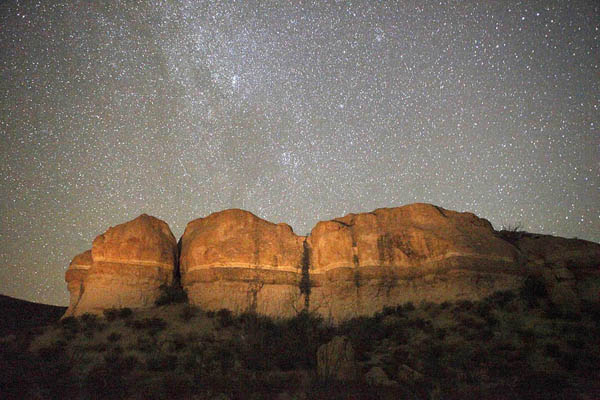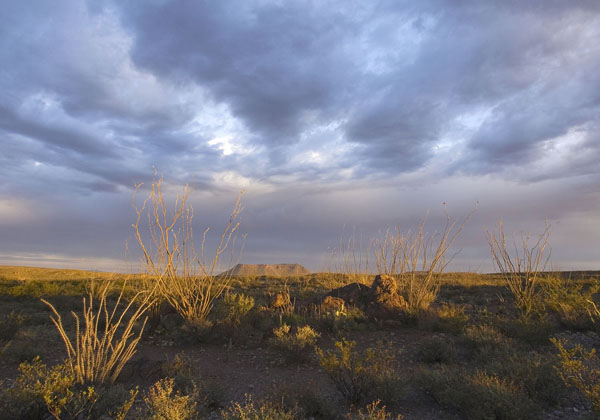Picture This

My Name is Earl
By Earl Nottingham
Digiholic (n):
A person who uses digital cameras and processes habitually and to excess or who suffers from digiholism.
Hello, my name is Earl, and I am a digiholic. Never in my wildest dreams did I think I would ever say it, or that it could ever happen to me. It’s not as if I just woke up one morning and said, “Hey, ya know, I think I’ll give up film photography today and go over to the digital side.” No, like most addictions it began gradually, calling me ever so innocently to that rocky shore where, like legendary ships, I now sit dashed and dazed, trying to understand the forces that drove me to abandon my first true love for this digital mistress that now consumes me, and along with it the feelings of guilt … and guilty pleasures.
My demise began innocently one day when a “friend” asked me if I would like to hold his new digital SLR camera. “What could it hurt?” I thought as my hands wrapped around its curvaceous body. By reflex, I lifted the camera to my eye and took a picture. It was at that point that I was doomed. For upon gazing into this Jezebel’s eye of lavish colors, I was hit immediately with the opiate of digital photography — instant gratification. It didn’t take hours in a darkroom, or several trips to and from a photo lab. It was here and now. It was fast and cheap.
Two years have passed since I slid into digiholism. I still struggle with unresolved guilt, primarily due to the effect this addiction has had on those closest to me. My trusty film cameras sit unused in a dark closet, gathering dust and wondering why they don’t go out on any more great adventures. But mostly, it’s my family who pays the price, because now, instead of hours in a darkroom, I spend hours in front of a computer monitor.

Thankfully, I have made tiny steps toward recovery and have come to understand that my guilt was for naught. So, to my brethren who harbor the same digital demons, I offer these thoughts:
First, the idea that digital photography is not “real” photography. Although not chemically based, the electronic image is just another step in the evolution of photographic tools and processes. Its basic function of “writing with light” is no different than preceding generations of light-sensitive materials. The value of photography is in the final image we see (the message) and not the tools used to create it (the messenger). The lasting impressions created by the likes of Mathew Brady and Ansel Adams would still be seared into our mind’s-eye regardless of the technology used to create the images.
Second, the presumption that digital photography is manipulated. In one form or fashion, photographers have always been able to manipulate images — if they have wanted to. Traditional manipulation took on many forms, from the physical cutting and pasting of a print to subtle manipulations created by the choice of camera focal length or type of film used. Obviously, the term “manipulation” can be very subjective. When my journalistic colleagues express concerns over “digital manipulation,” I ask them if it’s easier to manipulate the written word by using a computer instead of a manual typewriter. The overriding issue is ethics — not putting in something visual (or written) that is untrue or misleading. Technology changes — ethics remain.
Last, that the digital image isn’t as good as traditional film. Now that camera manufacturers are producing SLR cameras in the 8, 11 and even up to 16 megapixels range, the resolution of the electronic image meets — and can exceed — that of film, and the color depth provided by modern sensors is superior. Many of the misperceptions about the quality of the digital image fade after a short learning curve and working with a few files. As the digital photo industry becomes increasingly standardized, working with digital files should become even easier.
Who knows, perhaps one day I will come out of this addiction and go back to my old ways. Until then, I will drown myself in the pleasure that the digital image affords me … one day at a time.
This article appeared in the February 2006 issue of Texas Parks & Wildlife. If you’d like to read more articles like this or subscribe to the magazine, visit www.tpwmagazine.com/.
 Texas Parks and Wildlife Department, 4200 Smith School Road, Austin, TX 78744
Texas Parks and Wildlife Department, 4200 Smith School Road, Austin, TX 78744


